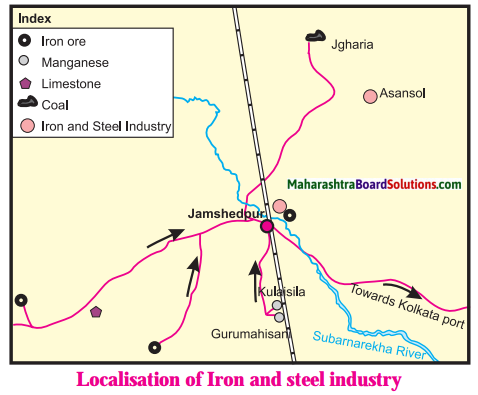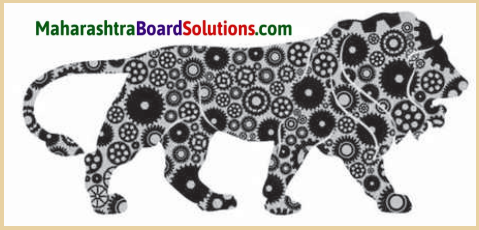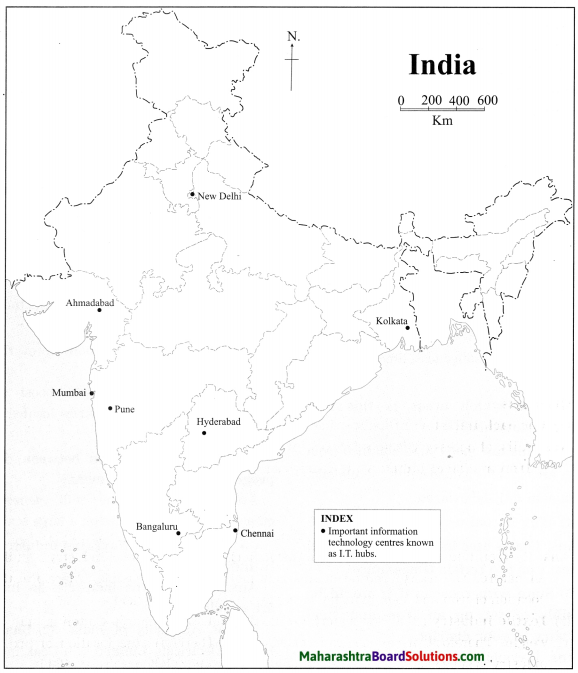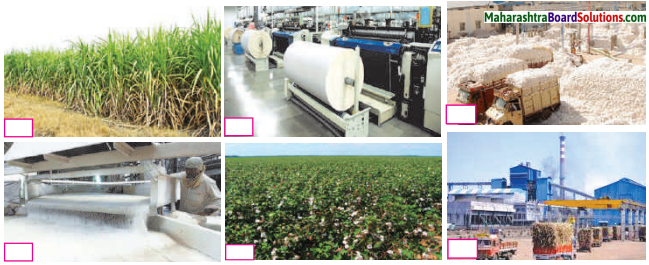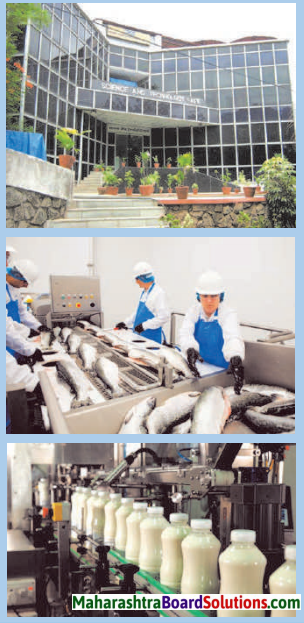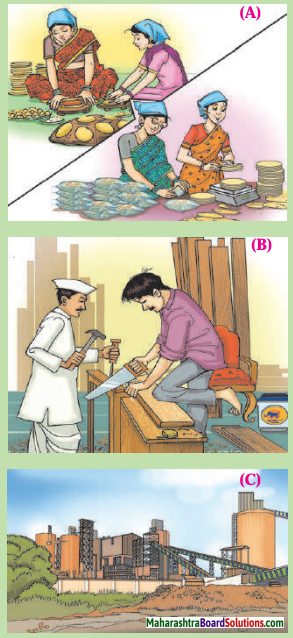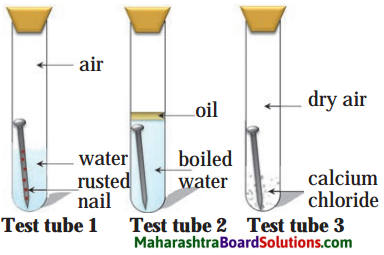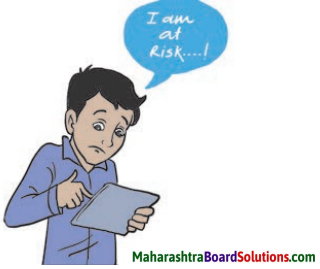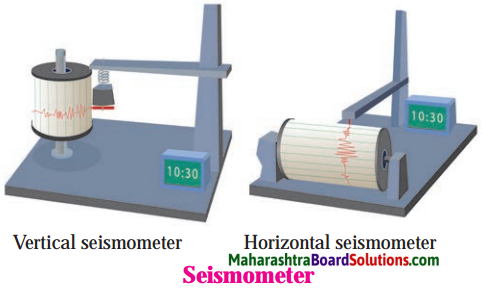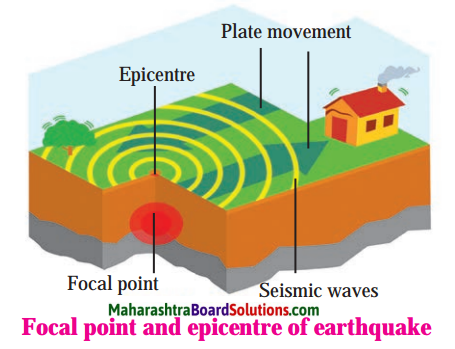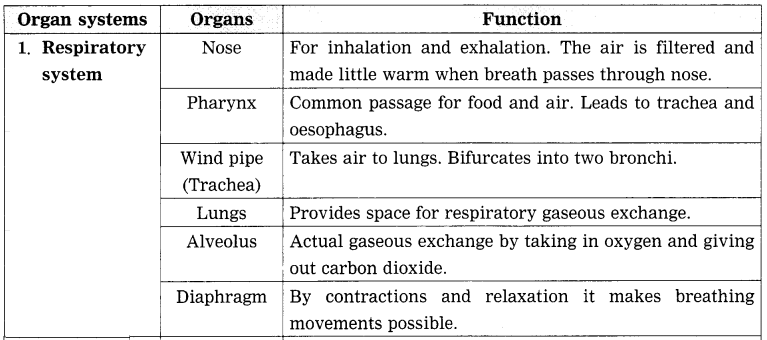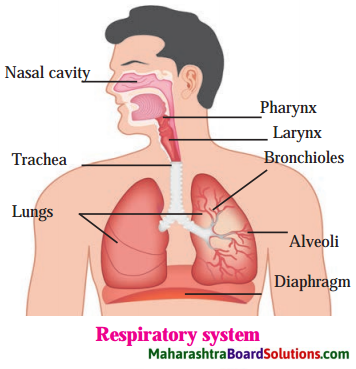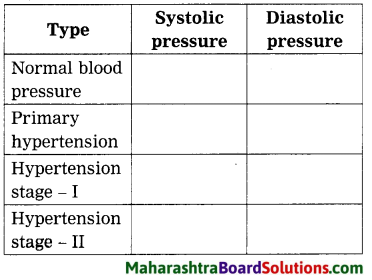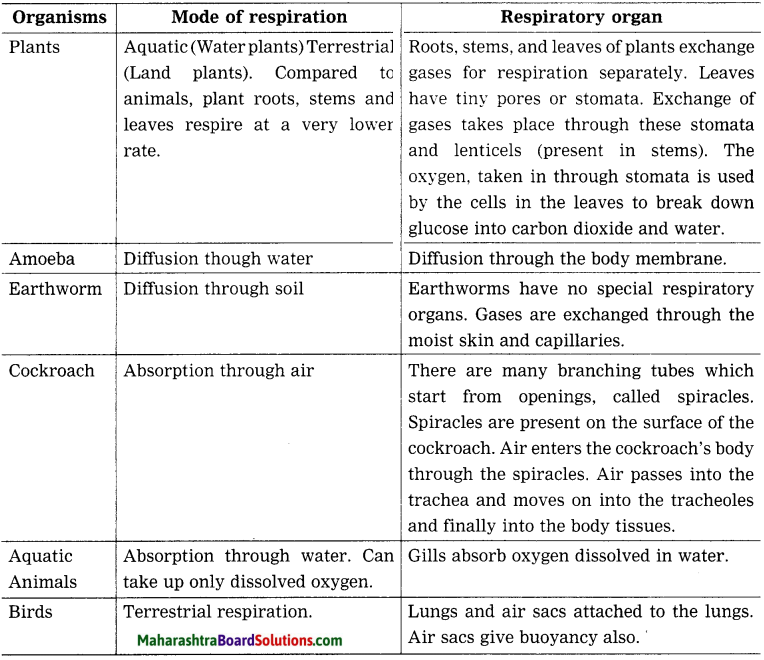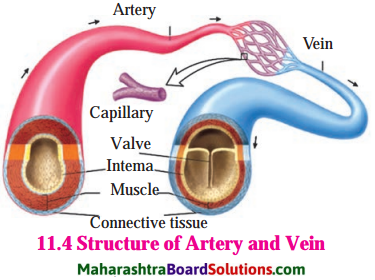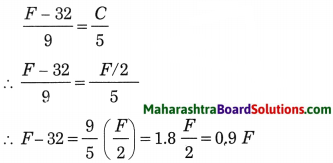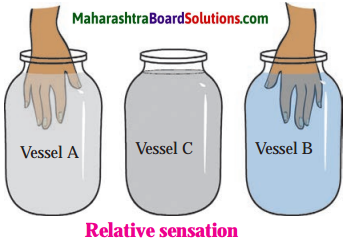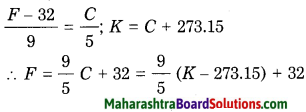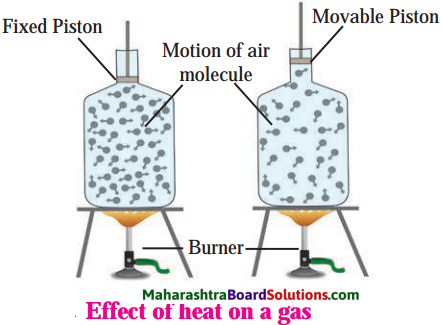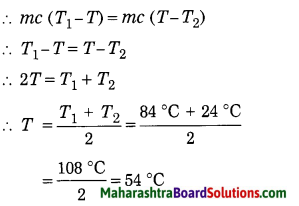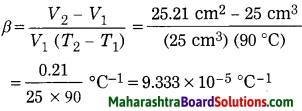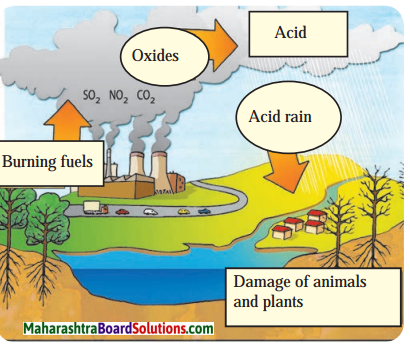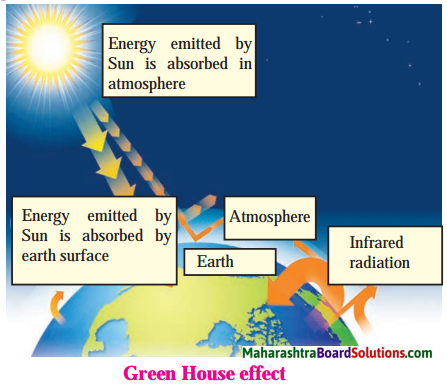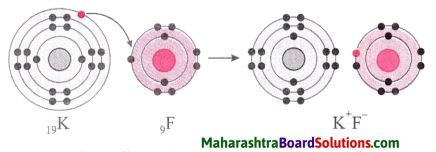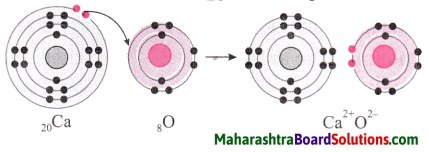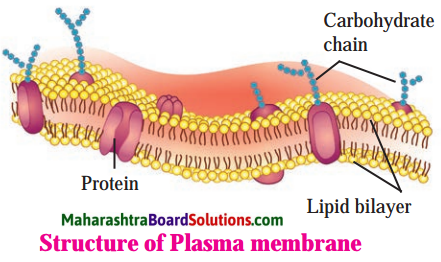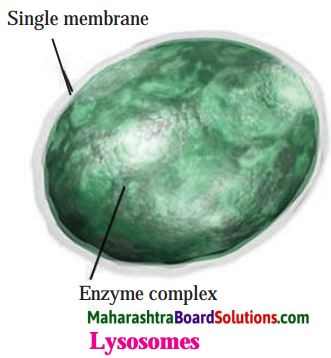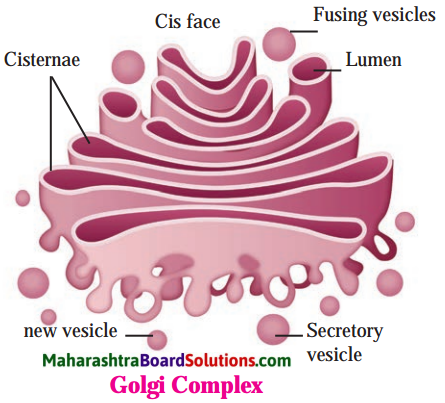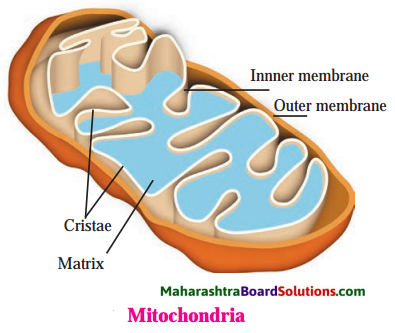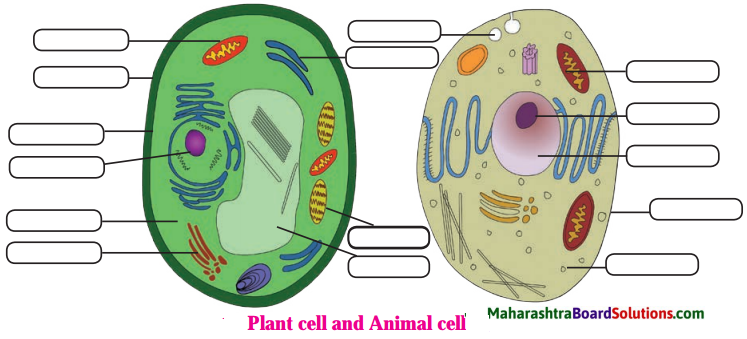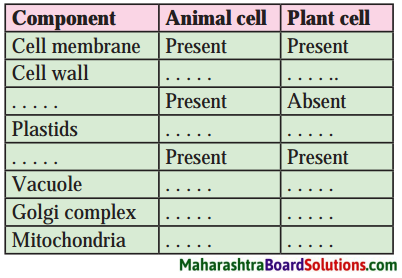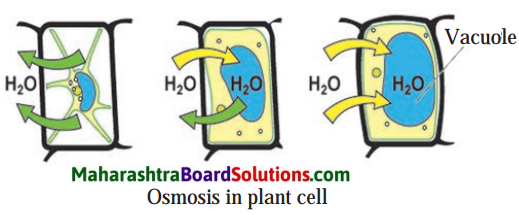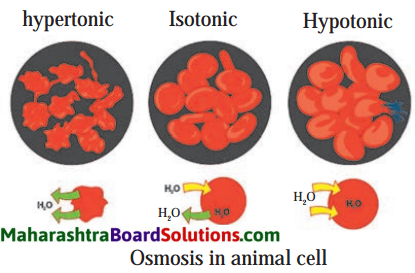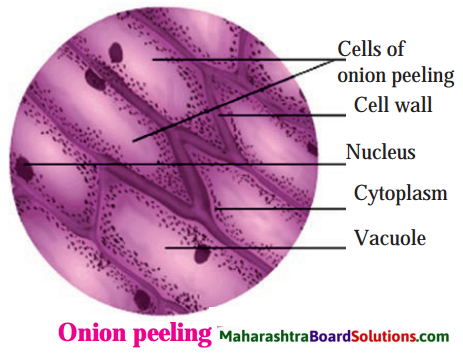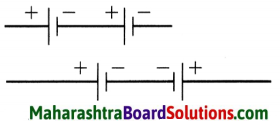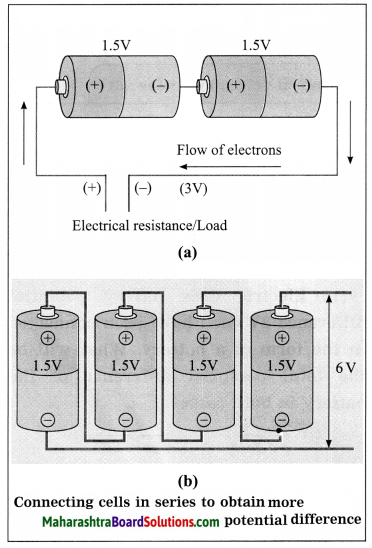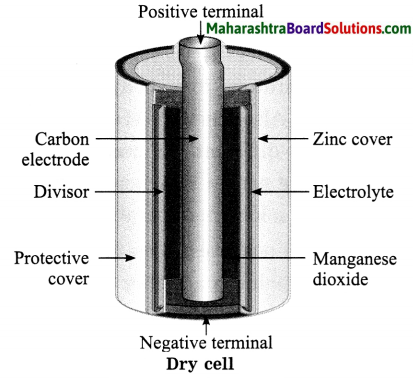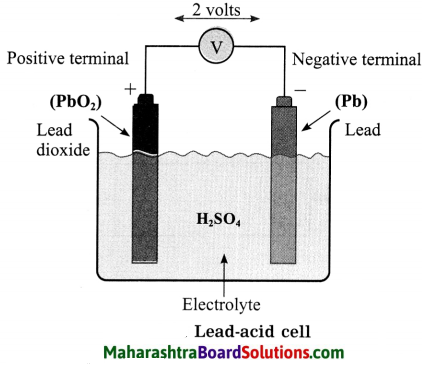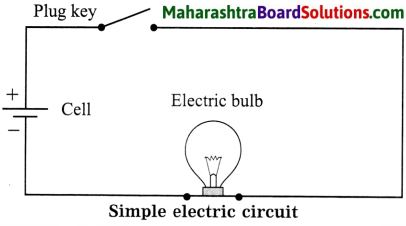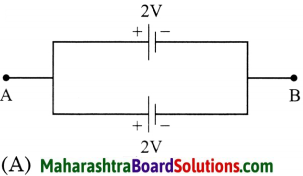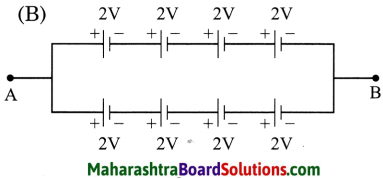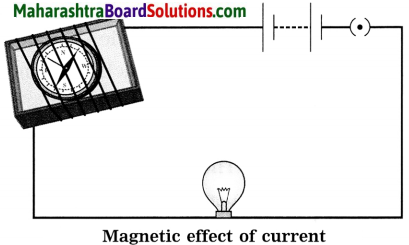Balbharti Maharashtra State Board Class 8 Geography Solutions Chapter 10 Field Visit Notes, Textbook Exercise Important Questions and Answers.
Maharashtra State Board Class 8 Geography Solutions Chapter 10 Field Visit
Class 8 Geography Chapter 10 Field Visit Textbook Questions and Answers
Question a.
Prepare a questionnaire for a visit to a NGO working for cleanliness of marine beaches.
Answer:
A questionnaire for a visit to a NGO working for cleanliness of marine beaches is as follows :
- What is the year of establishment of this NGO?
- What are the aims and objectives of this NGO?
- Which activities/programmes are carried out for the cleanliness of marine beaches?
- How are the people from surrounding areas involved in those various activities and programmes?
- What are the future plans of this NGO?
Field trip:
- Nature: Field trip is an important study method in geography.
- Importance: Field trip helps in understanding various geographical concepts, elements and processes through direct experiences. It helps in understanding the correlation between humans and environment.
- Planning: Planning of field trip includes deciding the aim, place, duration, etc. about the field trip.
- Preparations : Preparations of field trip includes deciding the place of field visit, maintaining essential materials like notebook, pen, pencil, camera, etc., deciding the schedule for field visit, preparing questionnaire, etc.
- Precautions : One should ensure that there is no harm to the environment in any way during field trip /visit.
Report writing:
- Nature : A field report should be written on the basis of information obtained after field visit is complete.
- Basis : The field report can be written on the basis of information gathered from field visit, photographs, maps, informative charts, questionnaire, etc.
- Points : The field report can be written with the help of the following points :
(a) Introduction
(b) Presentation of information obtained
(c) Conclusion, etc.
Field trips help in enhancing the understanding and sensitivity about the historical, economic, social, and cultural facts about the selected field. Report on field visit should be presented in the classroom.
![]()






